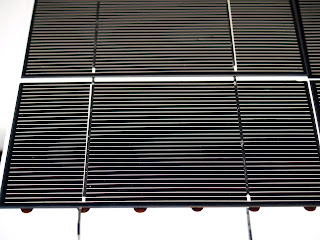Homeless Support Kit Version 1.0

It's been a while since I have posted in this blog. Nevertheless, I think this entry is worth your attention and thought, even if for your just a moment. A few days ago I saw an article shared on Facebook regarding how someone created a kit to give away to those in need out in the street. When I saw this, my immediate response was that this was and achievable and viable objective I could complete with my limit time and budget. So I began... I set myself a budget of somewhere between $20 to $30 per bag. I will put together 10 kits time and budget will allow. By using the video as a reference, as well as other resources , I set off to create my first version of the kit: version 1.0. Instead of looking for used bags, I went to Amazon.com and found an affordable and useful bag. I found this one believing it would be large enough to fit what I wanted to give but small enough to not be too much of a burden. The other items that made the kit are as follows: 1 Water bottle 1...

